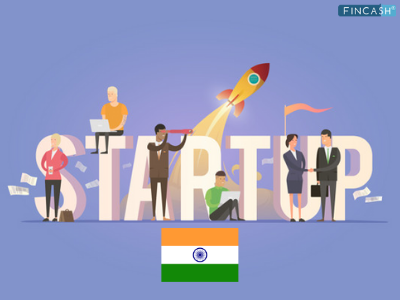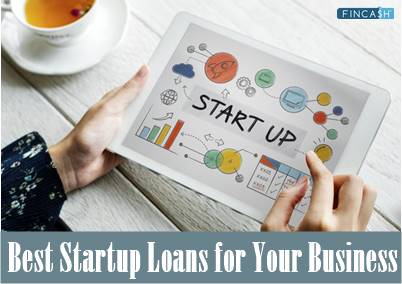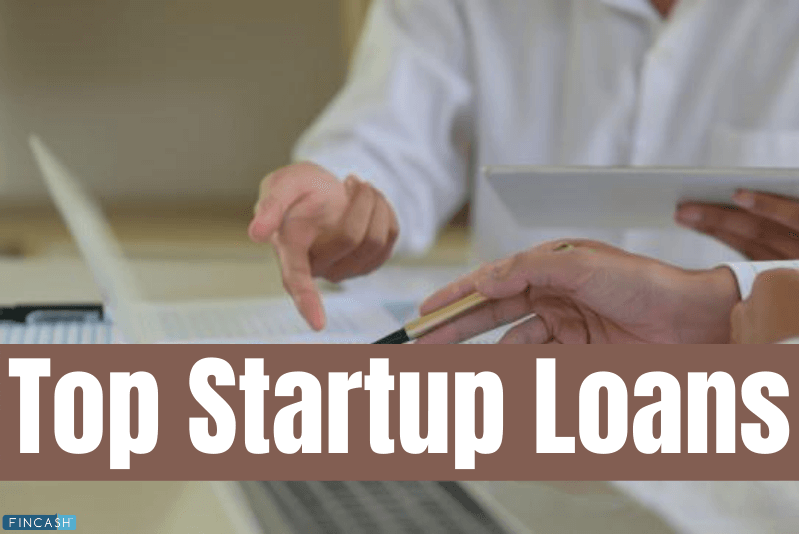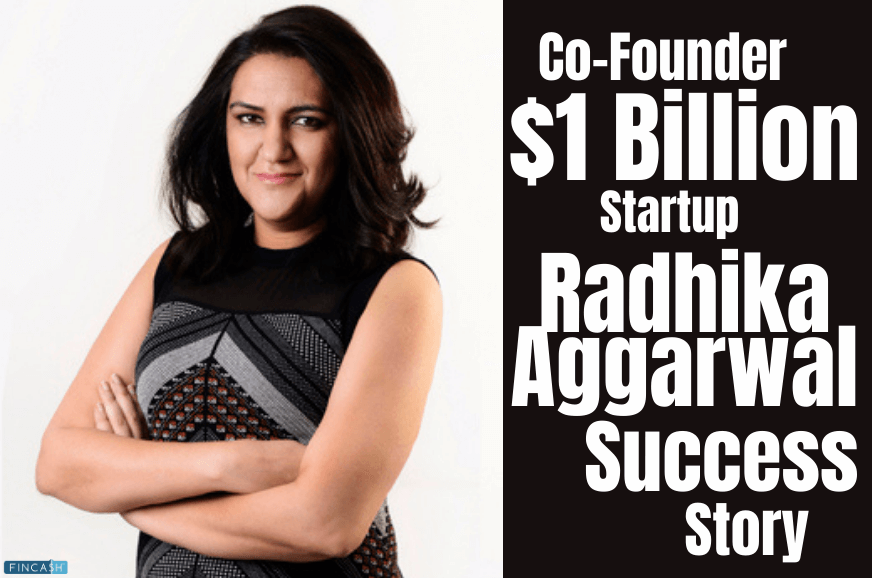
Lean Startup
What is Lean Startup?
A lean startup is a method employed to found a new firm or introduce a new product on the behalf of an already existing firm. The basic foundation of the method’s philosophy is to develop those products that the consumers have already expressed a desire for. This helps the Market to be ready for the product to launch. This is opposite to developing a new product with hopes that a new market will emerge for the same or the consumer demand will begin.

By using the principles of lean startup, product developers can help understand the consumer’s interest in a particular product. They can also gauge what necessary changes need to be made to an existing product so that consumers derive the satisfaction of their demand. This process is called validated learning in other words and can be employed to avoid unnecessary use of resources in the creation and development.
History of Lean Startup Method
The lean startup method was first developed by American entrepreneur Eric Ries. He is the founder and CEO of Long-Term Stock Exchange (LTSE). He has fully explained the lean startup method in his book called ‘The Lean Startup’. The book has been translated to 30 languages.
Talk to our investment specialist
Requirements for Lean Startup
This method pays attention to experimentation to be of much value than detailed planning. The main focus is consumer satisfaction and not five-year plans for the development of a business. Lean startup method uses a business model based on hypotheses that are tested on a day-to-day Basis. It does not focus on business plans. It does not look at having a complete set of data, but just sufficient data.
Remember that in the lean startup method, failure is a rule and not the exception. When the firm may get results that are different from what was expected, the startup immediately sets its bounds to losses and returns to developing other products already in demand.
So basically, the lean startup method first goes on to identify a problem for solving. Then it develops a minimum viable product for the smallest form of the product that allows entrepreneurs to bring it to the market for consumers’ purchase and feedback.
The method is faster and less expensive than developing the final product for testing and also reduces the risk that most startups face by reducing their typical high-failure rate.
All efforts have been made to ensure the information provided here is accurate. However, no guarantees are made regarding correctness of data. Please verify with scheme information document before making any investment.









